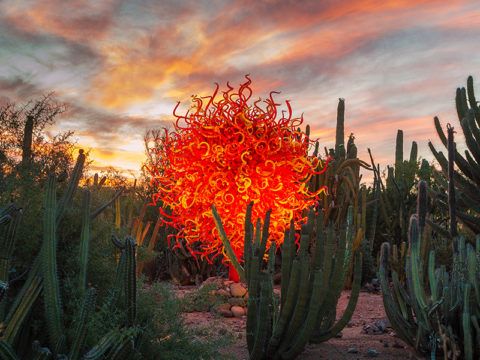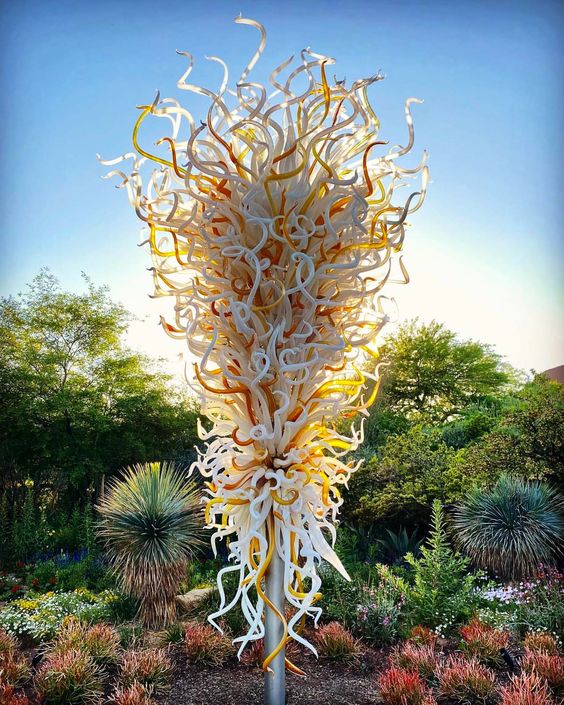In the harsh and unforgiving landscapes of deserts, where scorching heat and arid conditions prevail, an astonishing spectacle emerges—the blossoming of desert flowers. Against all odds, these remarkable blooms showcase nature’s resilience and ability to thrive in the most inhospitable environments. With their unique adaptations and breathtaking beauty, desert flowers paint the arid landscapes with vibrant colors, offering a captivating display of life in the midst of adversity.

Desert flowers have evolved to withstand the extreme conditions of their arid habitats. Their adaptations enable them to conserve water, tolerate intense heat, and make the most of scarce resources. Some desert flowers, like the resilient cacti, have succulent stems that store water for survival during prolonged periods of drought. Others, such as the ephemeral desert poppies, exhibit rapid life cycles, blooming only after rare rainfalls, taking advantage of the short-lived bursts of moisture.

The beauty of desert flowers lies not only in their ability to survive but also in their striking appearances. Despite the arid surroundings, these blooms showcase an array of vibrant colors and intricate forms. From the fiery reds of the desert rose to the golden hues of the brittlebush, their vivid pigments contrast against the sandy backdrop, creating a visual feast for the eyes. Each petal and leaf seems to be meticulously designed, capturing the essence of their tenacious existence.

The bloom of desert flowers is not only a sight to behold but also a crucial event for the ecosystem. As these ephemeral blossoms burst forth, they provide a source of nourishment for a myriad of desert creatures, including insects, birds, and small mammals. They serve as vital pollination hubs, attracting bees, butterflies, and other pollinators in their quest for nectar and pollen. Through their transient beauty, desert flowers support the delicate web of life in these harsh environments.

The enchanting display of desert flowers is a precious and fleeting moment. Their emergence is often triggered by unique environmental cues, such as rainfall or temperature changes, making each blooming event a rare and cherished experience. It is a reminder of nature’s ability to adapt and flourish, even in the most unexpected places.





